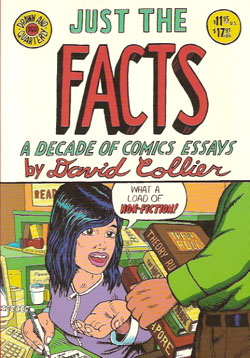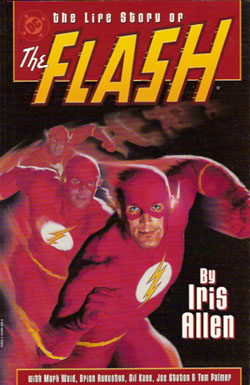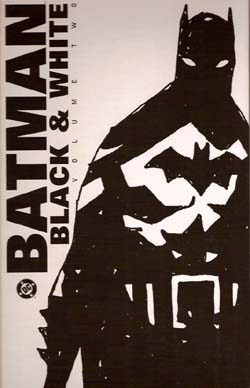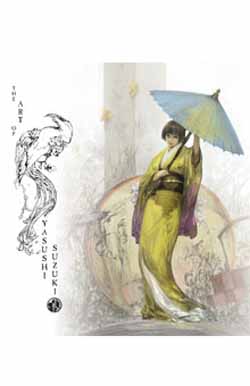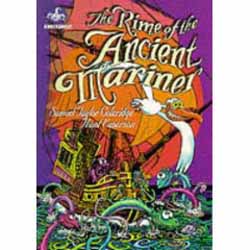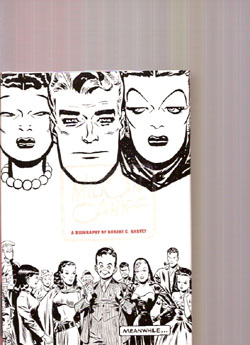
By Robert C Harvey (Fantagraphics Books)
ISBN: 978-1-56097-782-7
It’s nice to see a biography that has something nice rather than something scurrilous or scandalous to say about its subject, and this wonderful, colossal tome (just shy of a thousand pages – if you’re planning to give this as a Christmas gift best use a festive steel woollen stocking and bolt it to the fireplace) is both erudite and recondite in covering the life, times and career of arguably the most influential cartoonist in the history of the medium.
Combining education with sheer charm, the text describes the history and philosophy of making comics. With a broad, deep understanding of the comic business, Harvey traces Caniff’s life and career and uses it to tell the story of the medium in the 20th century, and in many ways of the ‘American Century’ itself.
By way of his childhood fascinations, developing work ethic and early struggles, we see Caniff become the man who produced a daily and Sunday comic strip for fifty-five years. From early successes such as Dickie Dare, through the Depression and War years of Terry and the Pirates, (never neglecting his patriotic pick-me-up Male Call and its immortal star ‘Miss Lace’) through to the post-war icon Steve Canyon who was in many ways his most successful creation – though not without some regret as the character’s abiding integrity grew increasingly out of step with the America of Viet Nam and Watergate. The strip ran from 1947 to Caniff’s death in 1988. Steve Canyon died with him.
As an accomplished cartoonist himself, Harvey is able to clearly explain technique and creative rationale as he critiques the many illustrations throughout the book, both in terms of artistic virtuosity and narrative brilliance, and the chance of seeing, even vicariously, through the eyes of the artform’s greatest journeyman is a great blessing for any serious fan or historian. Harvey worked for twenty-five years on this book, and had unlimited access to not just records but to Milton Caniff himself. The result is a complete feeling of having known the “Rembrandt of the Comics†personally.
If you love comics and can stand the thought of missing someone you’ve never met, you’ll want this wonderful book.
© 2007 Robert C Harvey. All Rights Reserved.

